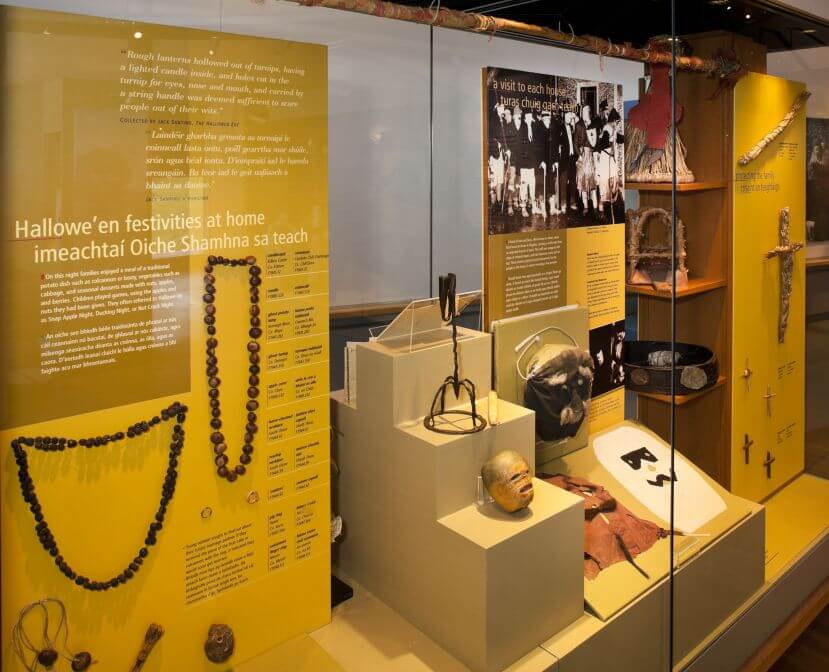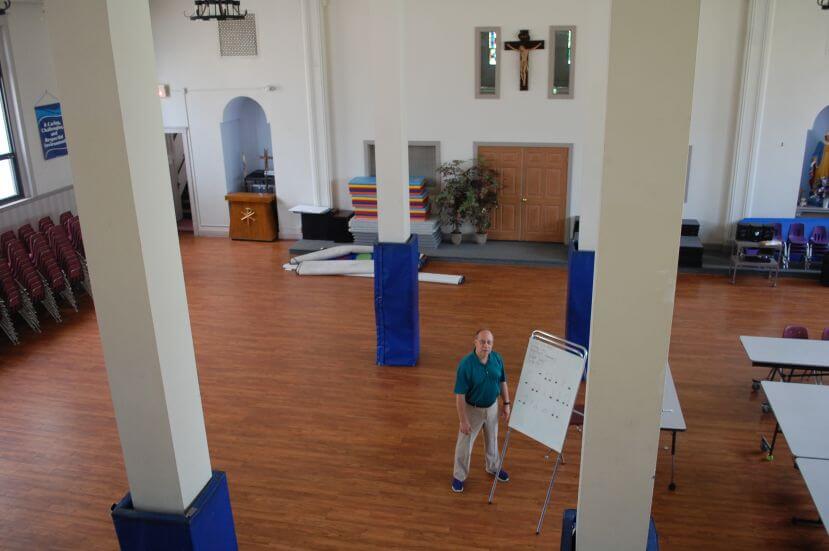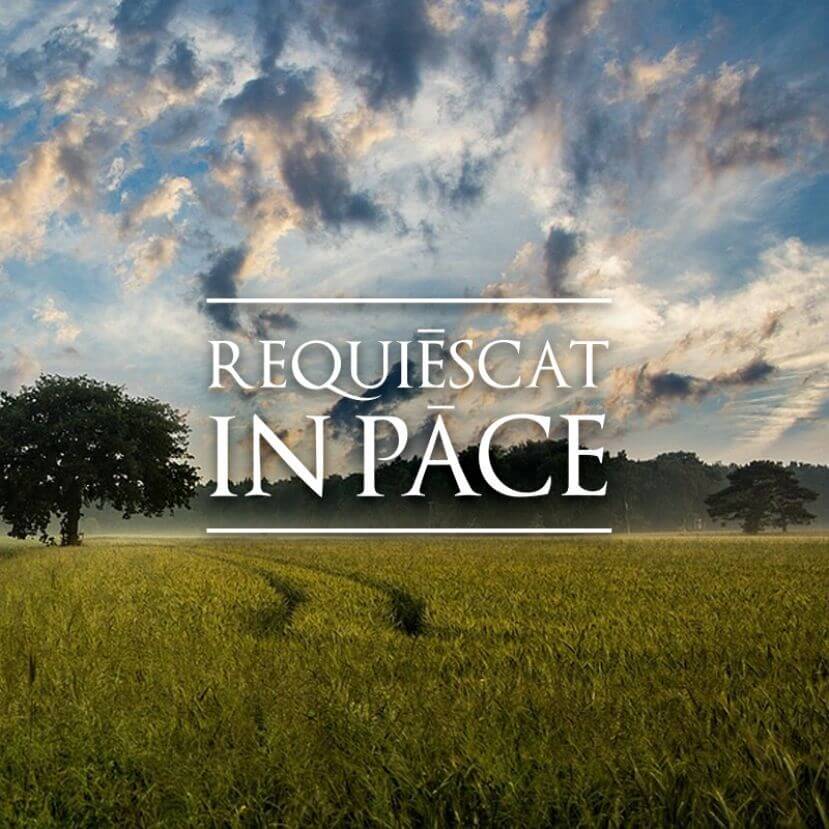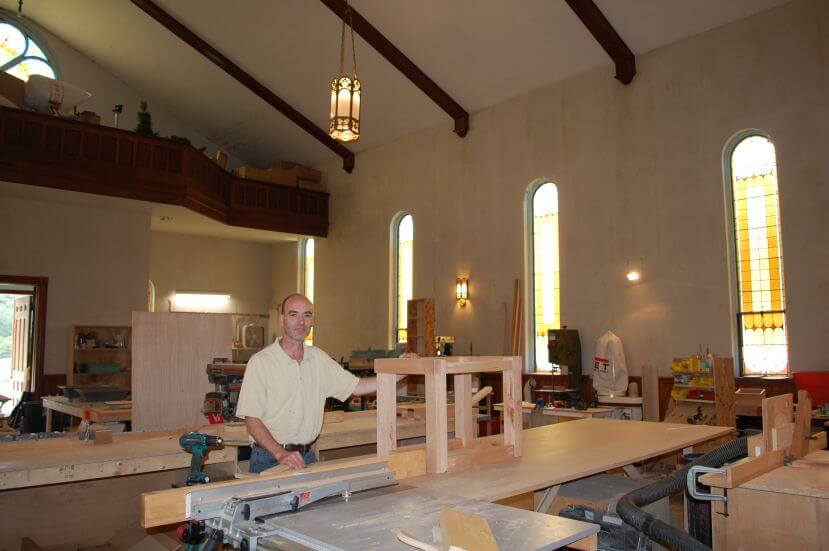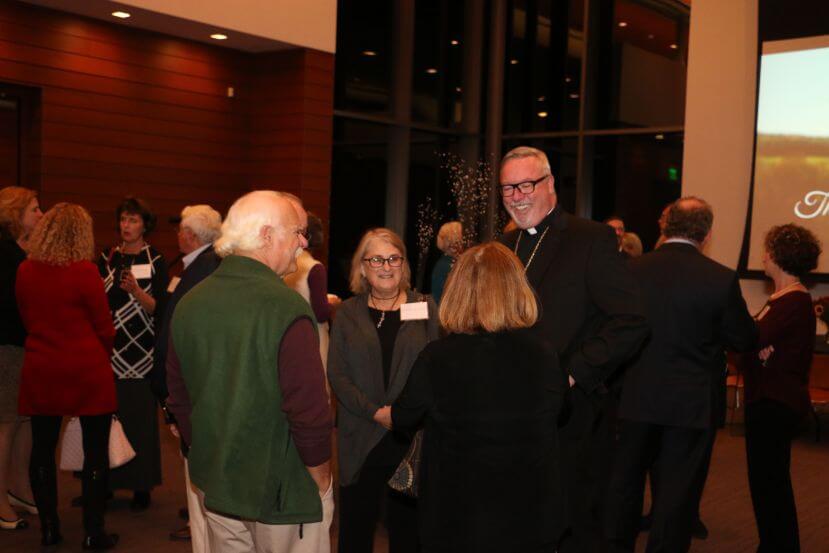
(Vermont Catholic)Bishop Christopher Coyne smiles with other attendees at the Vermont Catholic Community Foundation meeting.
The foundation currently includes 32 funds and more than $10 million supporting Catholic ministries throughout Vermont, an increase of 12 funds and $2.5 million since June 30.
More than 70 people joined the Vermont Catholic Community Foundation Board of Directors and Burlington Bishop Christopher J. Coyne to celebrate a successful first year at an Oct. 25 meeting at Shelburne Museum’s Pizzagalli Center for Arts and Education.
Ellen Kane, executive director of the foundation, said that it was only because of the “support and trust of so many people in the room and the grace of God who makes all things possible” that during its first year the foundation was able to establish 20 funds and $7.5 million to support Catholic schools, parishes, cemeteries, ministries and charities throughout the statewide Diocese.
Kane added that most Catholic Dioceses have a community foundation separate from the Diocese to support the growth of their ministries and ensure the vitality of their parishes, schools and charities, because of a lack of funding sources for religious organizations. Out of 181 dioceses nationwide, 143 have a Catholic foundation. Many were begun in the 1980s and have grown from a few funds to several hundred.
“Imagine how the Catholic faith could grow in our state if every school, parish and ministry had an endowment fund that matured over time and provided a reliable source of annual income so they could focus on other things,” Kane said, “like providing scholarships to more students, increasing youth ministry and adult formation programs, providing more emergency aid to families in financial crisis, meeting the needs of more low-income elderly in our assisted living programs, and the list goes on.”
Jon Pizzagalli, newly appointed chair of the foundation’s board, said the foundation offers “an opportunity for the lay community to get involved in a way that wasn’t possible before.”
The foundation is comprised of a volunteer, mostly lay, voting board that will grow over time to represent every region of the state and give voice to the unique issues impacting each area.
“The days of the Catholic Church retreating are over,” Bishop Coyne said. “We have something to offer to the community, and we are here to stay.”
The Vermont Catholic Community Foundation is a separate 501(C)3 from the Diocese of Burlington and provides donors with a way to establish endowments for ministries that matter most to them and to leave a legacy of faith for the next generation.
To view the annual report and learn more about The Vermont Catholic Community Foundation visit: vtcatholicfoundation.org or contact Ellen Kane at ekane@vermontcatholic.org.

